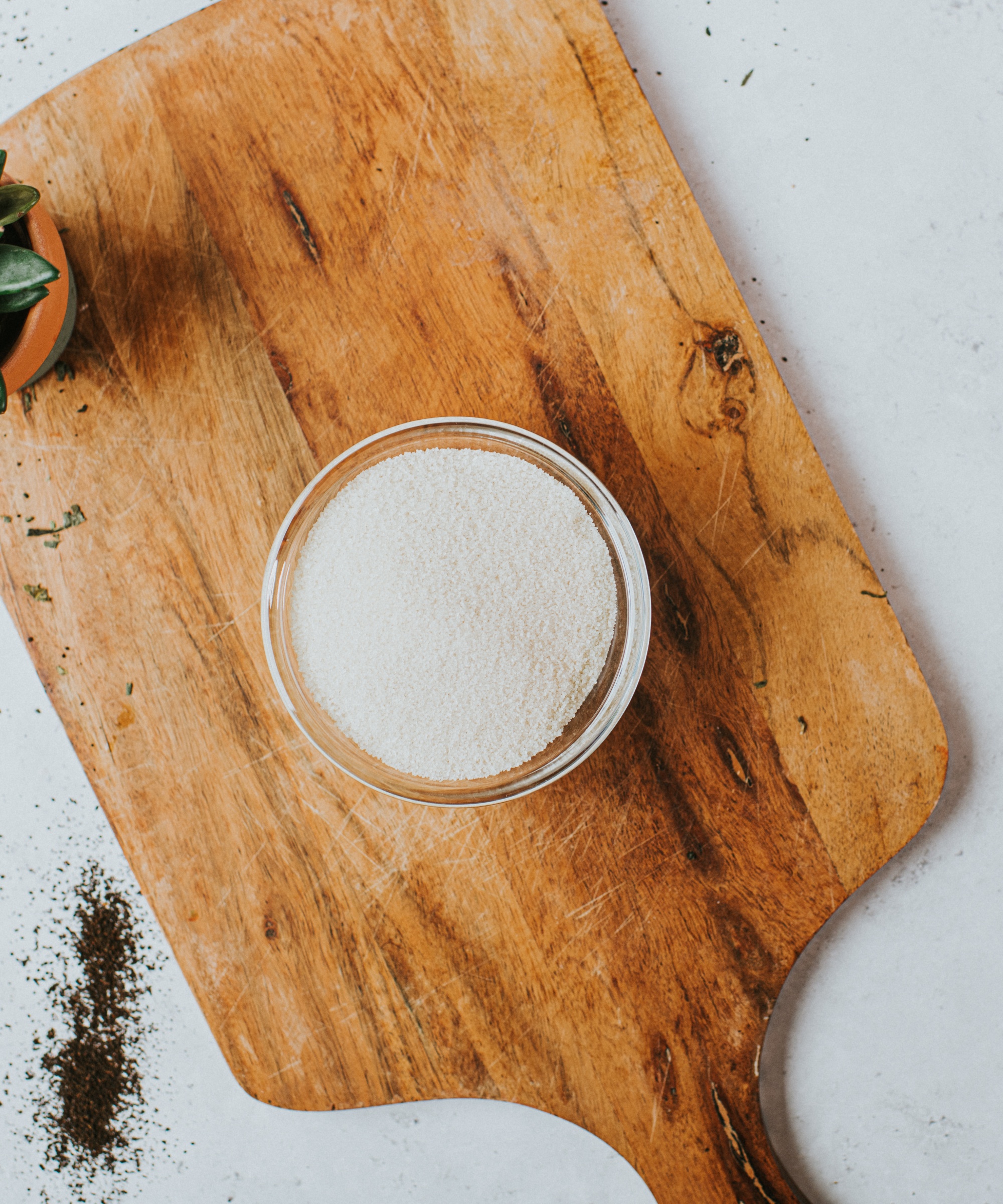I use this cheap salt trick to get rid of condensation – without a dehumidifier
Here's everything I learned when I used salt to banish condensation – using a hack that's (almost) too easy to be true


I will be the first to admit that condensation is not the most exciting topic in the world – and before moving to my apartment, I never gave it a second thought. Sure, I had heard about dehumidifiers, but the strong desire to invest was never really there – until I found myself living alone.
After a few months in a small apartment, the importance of condensation began to show, and (as sad as it is) I started thinking about mundane tasks, like how to get rid of condensation inside windows and how to get rid of black mold in my bathroom. The extent and effects of condensation were more significant than I'd ever cared to believe, and the need for one of the best humidifiers on the market was suddenly evident.
It goes without saying that a humidifier is one of the most powerful ways to control condensation in a home, and it's a method that experts love. So, of course, if you're thinking of making the investment, I have no doubt that you will be satisfied with your purchase. However, in my case, I needed something smaller (to fit discreetly into my small apartment), and I needed something that was fairly instant.
Using salt to get rid of condensation – what I learned in the process

After sharing my condensation woes with my father, he told me to consider using salt, at least as an experiment. Then, if it did not work, I would know I tried a 'smaller' alternative and pick up a dehumidifier with ease.
To follow the teaching, I filled a small bowl with salt and placed it on the ledge of my windowsill. However, I have also heard that you can sprinkle a little salt on windows and doors before you go outside – if you prefer to try this method with a bowl. Then, I left the bowl untouched and went on with my day.
Much of my routine involves condensation-heavy activities, such as showering in the bathroom that is close to my main living space – and using a bed sheet trick to dry clothes quickly without a dryer. Therefore, my space sees a lot of condensation.
While there was still condensation in my bathroom after my shower, I noticed my windows were much less cloudy in my main living space – and I haven't noticed any sign of mold anywhere in my apartment.
Design expertise in your inbox – from inspiring decorating ideas and beautiful celebrity homes to practical gardening advice and shopping round-ups.

'Salt has adsorption properties, which means that it can bind to moisture and prevent it from developing condensation. This is why salt is often used in the kitchen to stop water droplets from forming on dishes or silverware,' explains homecare expert and archeologist Barry Gray from The Tool Square.
In the discussion of the hack, Barry adds that salt is able to 'pull moisture out of the air, making rooms drier' and less damp. 'This can help to prevent damp and mold in a bedroom and other enclosed spaces like homes or offices,' the expert adds.
Alternatively, another simple way to prevent condensation is to ensure you have adequate ventilation in your home. 'Poor circulation often leads to high levels of moisture and humidity, which will cause condensation to form on windows and other surfaces,' he says.
To take this further, it can be a good idea to install air vents or doors into your entryway, bathroom, or kitchen ideas if necessary. Which method will you try?

Megan is the Head of Celebrity Style News at Homes & Gardens, where she leads the celebrity/ news team. She has a history in interior design, travel, and news journalism, having lived and worked in New York, Paris, and, currently, London. Megan has bylines in Livingetc, The Telegraph, and IRK Magazine, and has interviewed the likes of Drew Barrymore, Ayesha Curry, Michelle Keegan, and Tan France, among others. She lives in a London apartment with her antique typewriter and an eclectic espresso cup collection, and dreams of a Kelly Wearstler-designed home.